Imagine life without the internet. No emails, no video calls, no streaming. Now imagine living like that not by choice, but because you’re on the most remote inhabited island on Earth. That’s Tristan da Cunha. But it’s now changing.
Table of Contents
Lying deep in the South Atlantic Ocean, over 2,400 km from South Africa and 3,300 km from South America, Tristan da Cunha has always lived in near-total isolation. Until now.
Since September 2024, thanks to the arrival of Starlink high-speed satellite internet, life on Tristan is undergoing a quiet but powerful revolution. For the first time, the island has broadband speeds comparable to the mainland, reaching up to 290 Mbps, and it’s already reshaping daily life.
The new system, installed on the roof of Tristan’s IT container next to the government building, is an emotional lifeline. As Simon Butters recently shared in a community update, one islander tearfully recounted being able to see her friends live on video for the first time in years.
Another islander told us that until recently, he would wake up at 4am to send emails, hoping they’d go through while everyone else was asleep and the limited bandwidth might just be enough.
Now? Islanders can stream films, WhatsApp family abroad, and even catch live football matches without the wait, the buffering, or the frustration.
And yes, there’s a quirk: because Tristan’s data is routed through Berlin, residents now occasionally get served German adverts. But as one islander joked, that’s a small price to pay for high-speed internet in the middle of the South Atlantic.
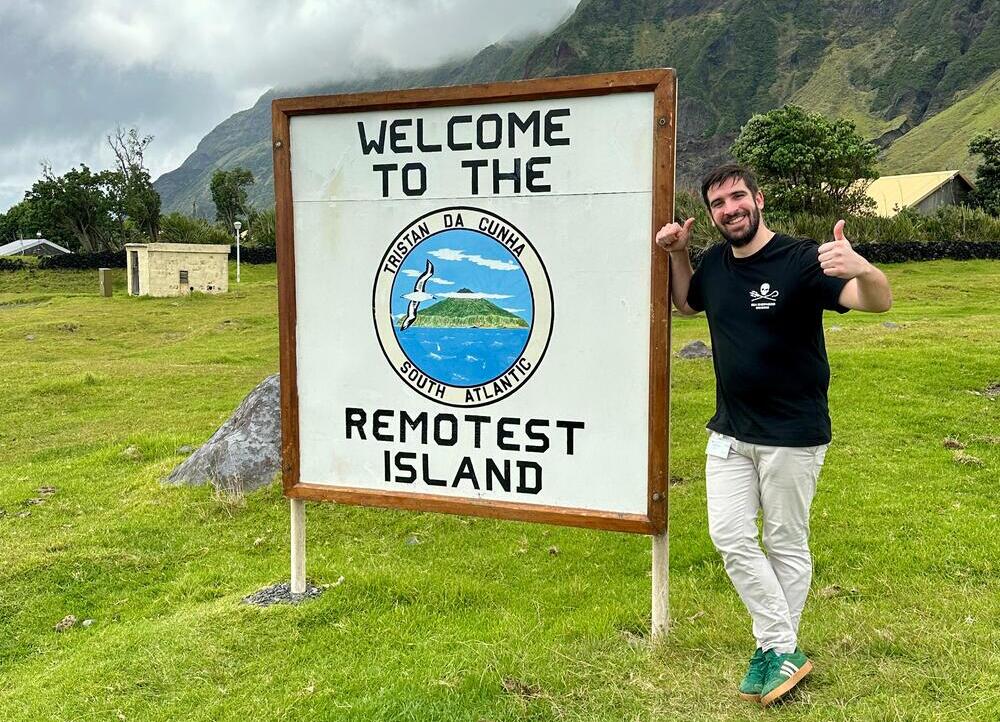
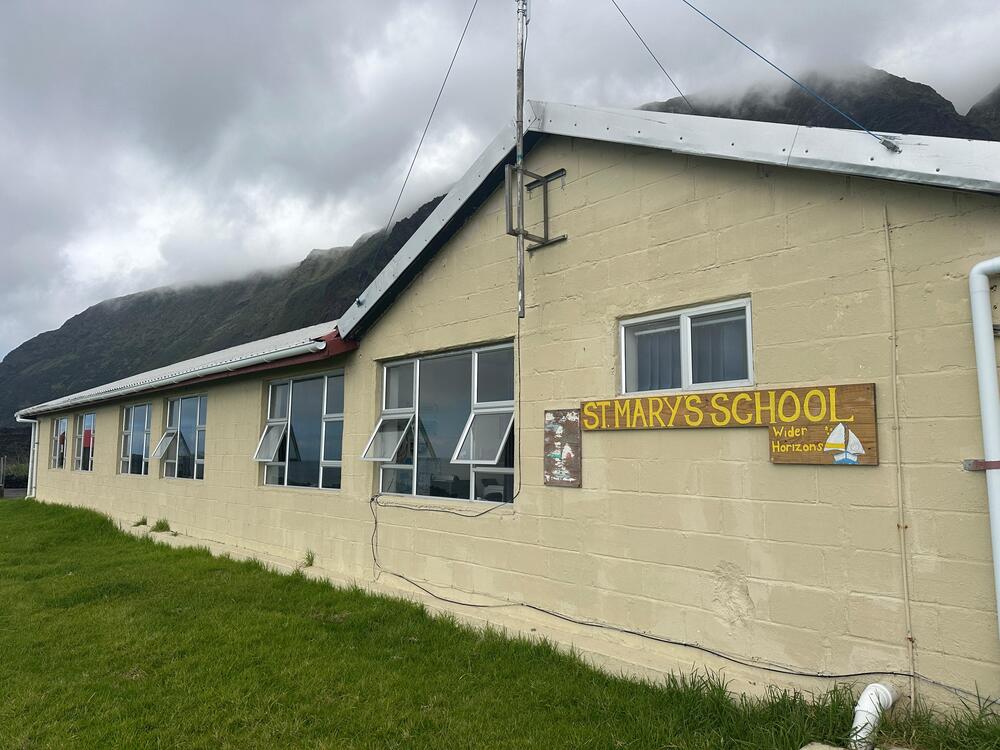
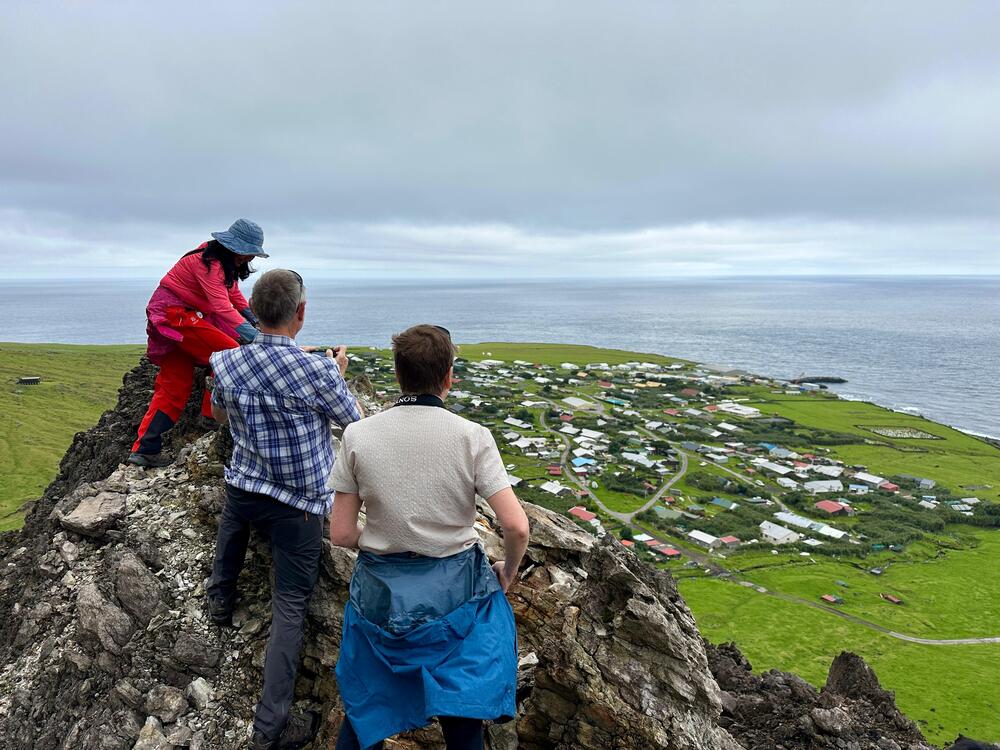
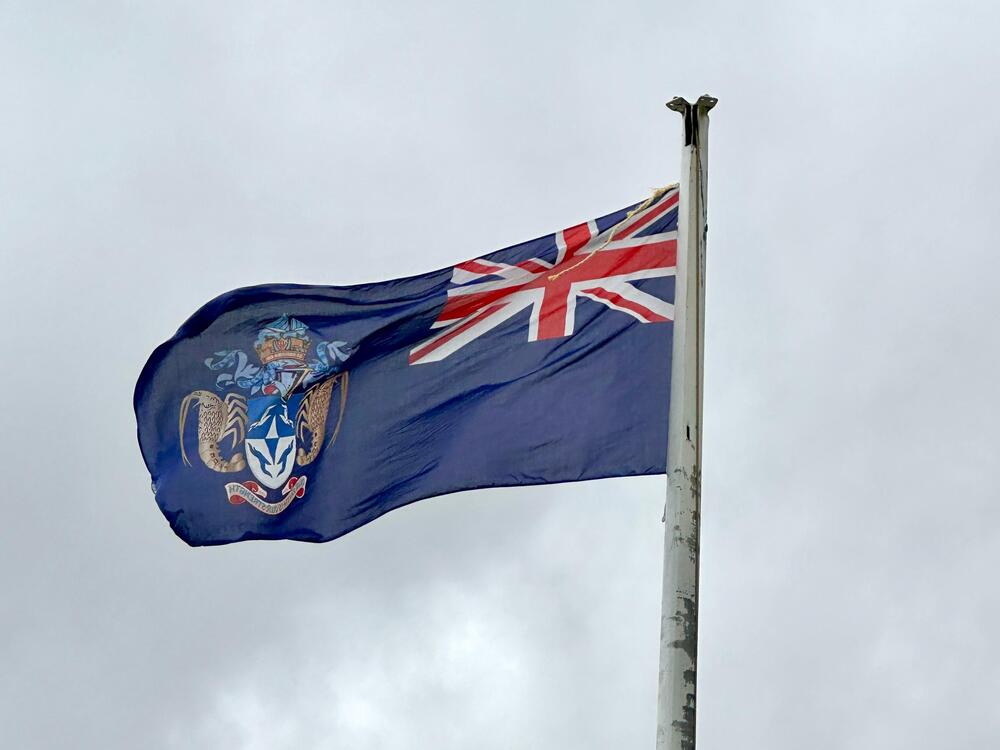
Education, healthcare & government go digital
One of the most immediate benefits has been for education. Before Starlink, accessing online courses or distance learning was almost impossible. Now, the 22 pupils of the local school can connect to virtual classrooms, access global resources, and even consider pursuing degrees from home.
The hospital also benefits. With reliable telemedicine now possible, doctors can consult specialists overseas, send medical data in real time, and get support during emergencies. Government departments, once reliant on patchy connections and radio, are now fully integrated into the global digital infrastructure. The first test of Starlink happened on 18th September 2024, when Chief Islander James Glass joined a high-level meeting of elected leaders from across the UK Overseas Territories!
The internet also offers something Tristan has never had before: resilience. The Starlink system complements the existing 10Mbps VSAT service, providing a backup route in case of system failure. For the first time, Tristan has full redundancy for both phone and internet access.
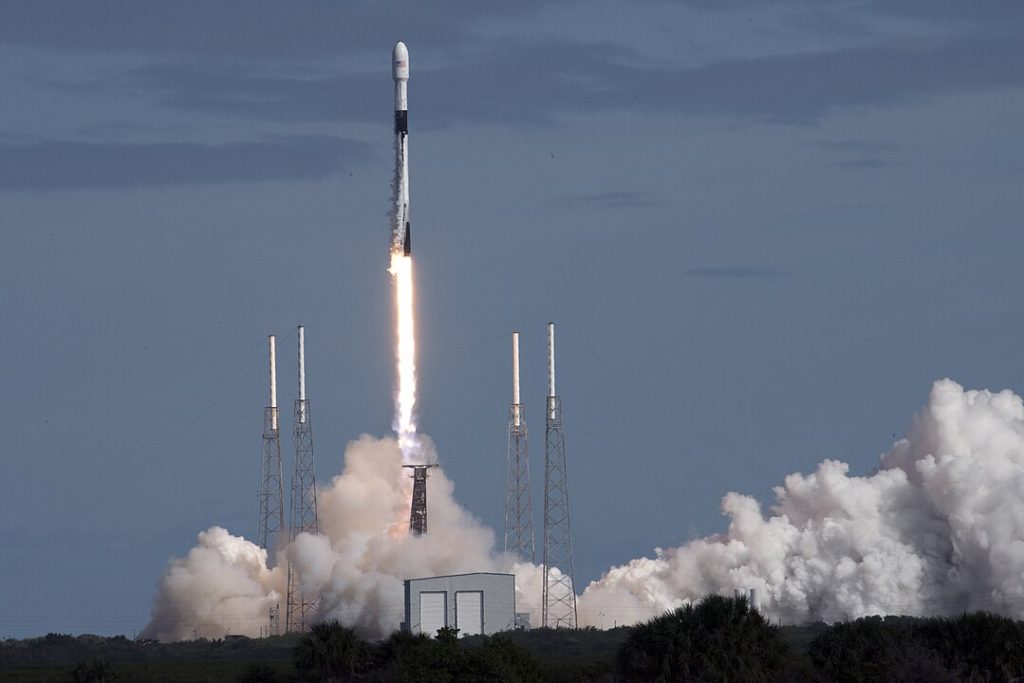
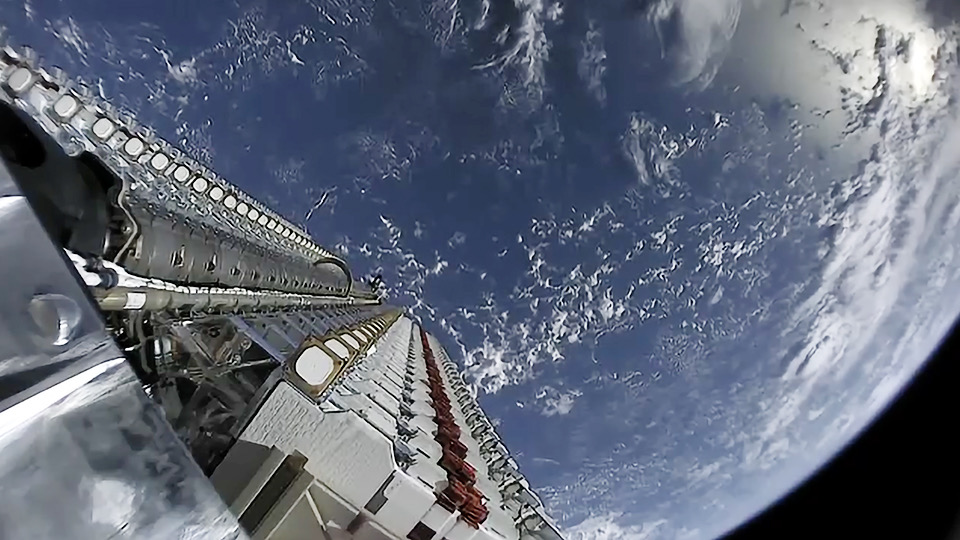
The Pub is quiet, and so is the Police
But not all changes are institutional. Everyday life is shifting too.
The Albatross bar, the island’s only pub, once a lively social hub, is noticeably quieter these days. Many locals now spend their evenings at home scrolling, video chatting, or watching Netflix. Even Tristan’s only policeman, whose main job used to involve breaking up the occasional pub scuffle, now has far less to do.
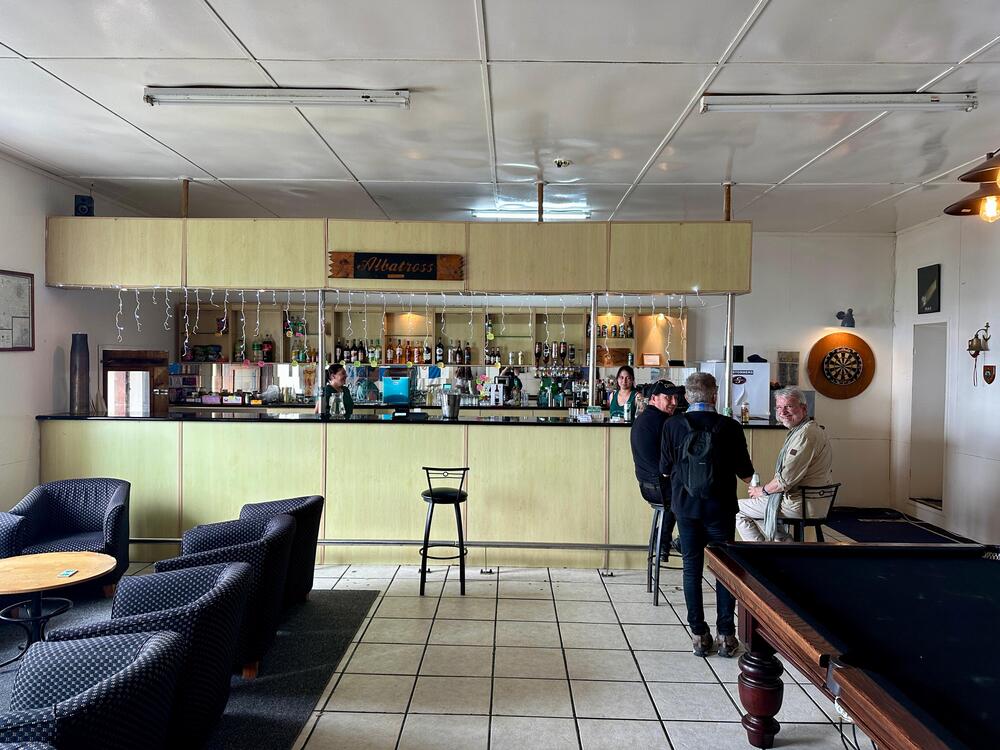
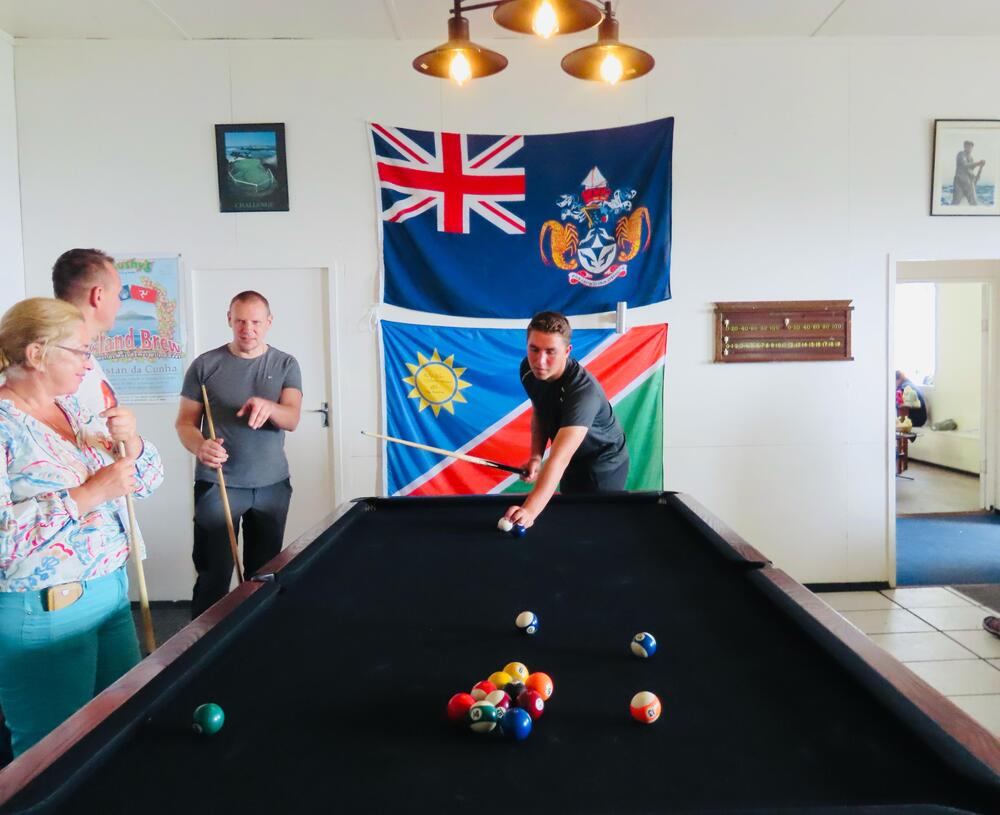
A new Internet economy for Tristan Da Cunha?
The internet is also opening doors for business and tourism. Tristan’s economy, largely based on lobster fishing and small-scale tourism, now has the potential to expand digitally. With a few clicks, would-be visitors can now access up-to-date information, connect with locals, and even see videos of island life before they arrive.
As Simon Butters noted, the Starlink antenna has even stood up well to Tristan’s notorious storm-force winds, rated for speeds over 80 kph, and removable in the event of a major storm.
Tristan da Cunha may still be the remotest inhabited island on Earth, but it’s no longer disconnected. The digital transformation brought by Starlink has opened up opportunities that were once unthinkable: global communication, better healthcare, educational access, and yes – quieter nights at the pub. Want to experience it yourself? Join our next expedition to Tristan da Cunha and witness first-hand how life is evolving on this extraordinary island, one signal bar at a time.





